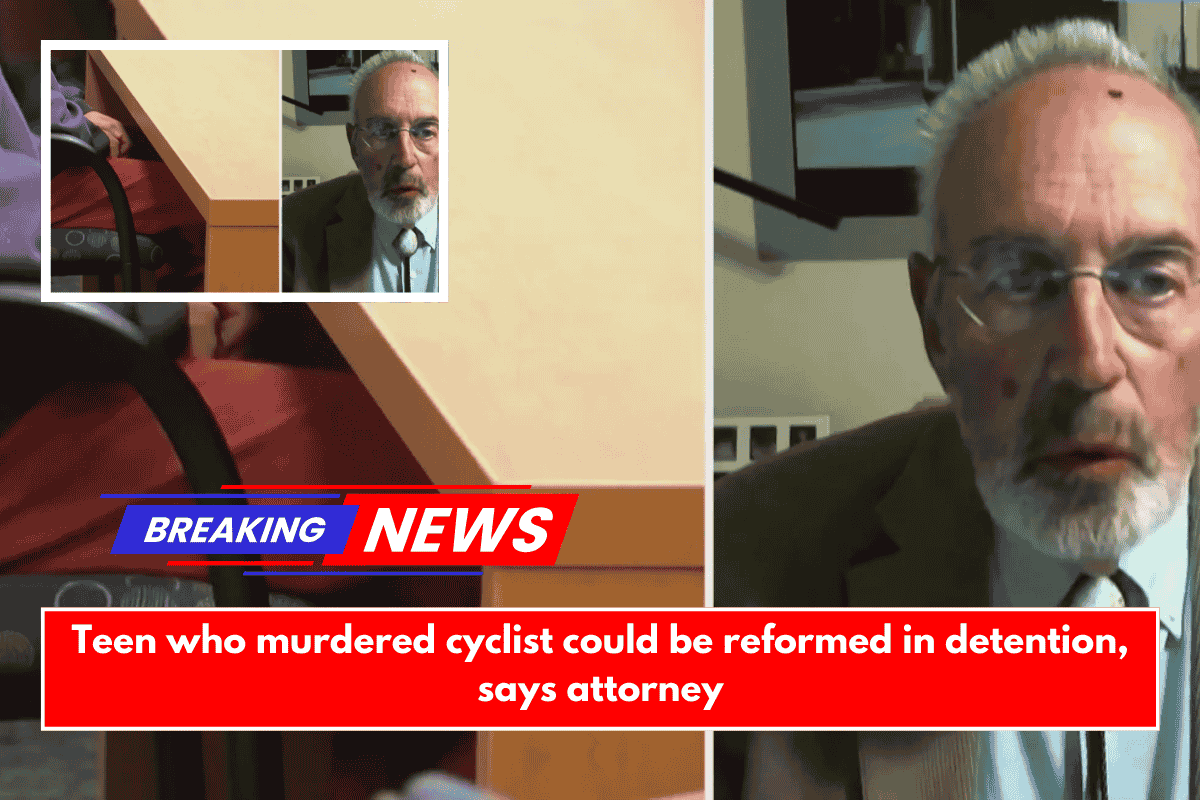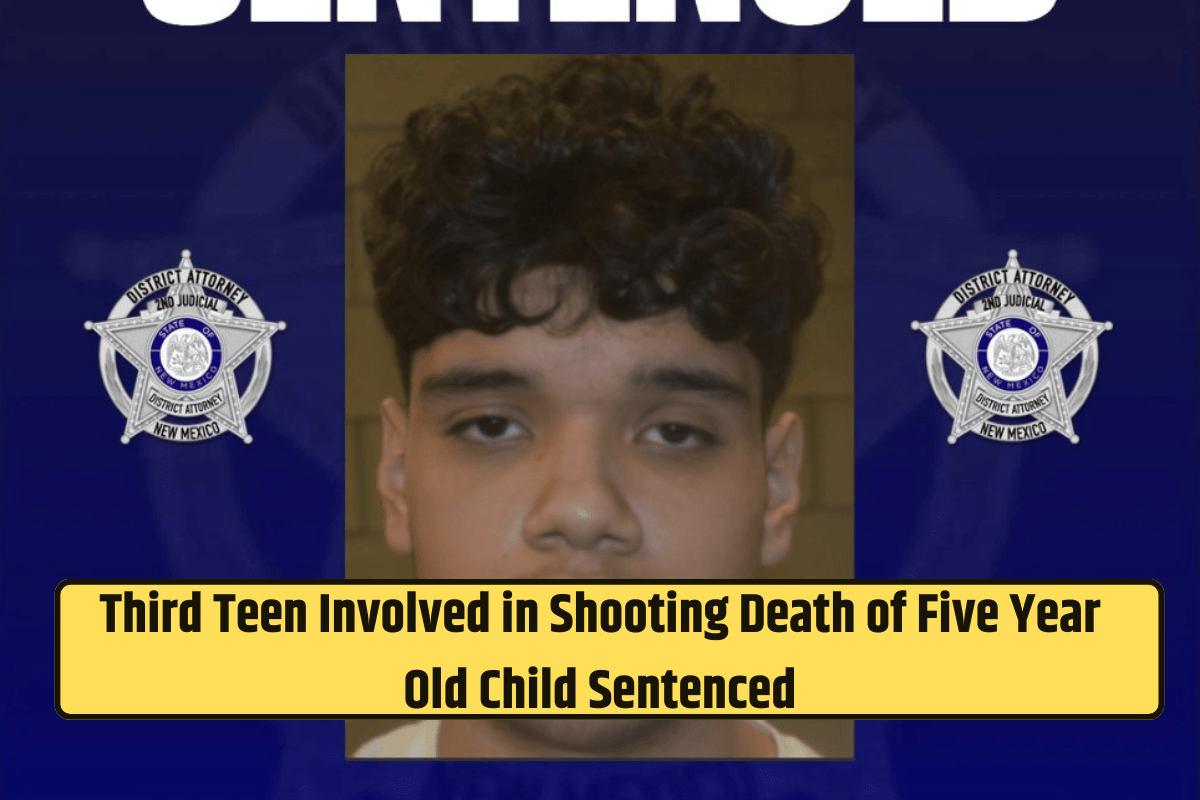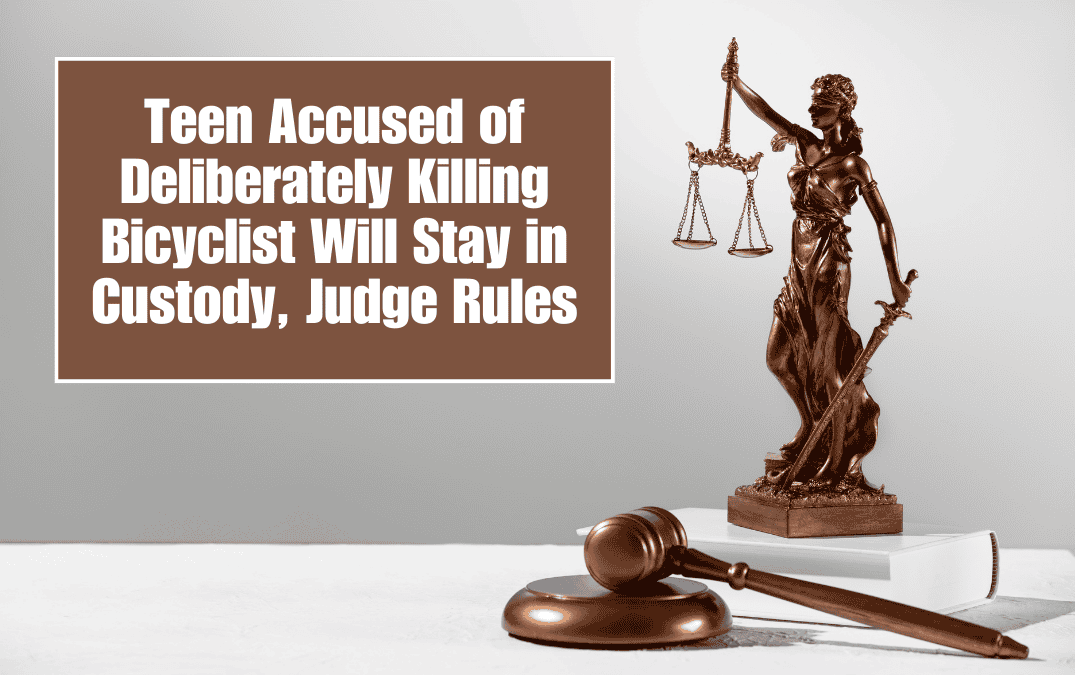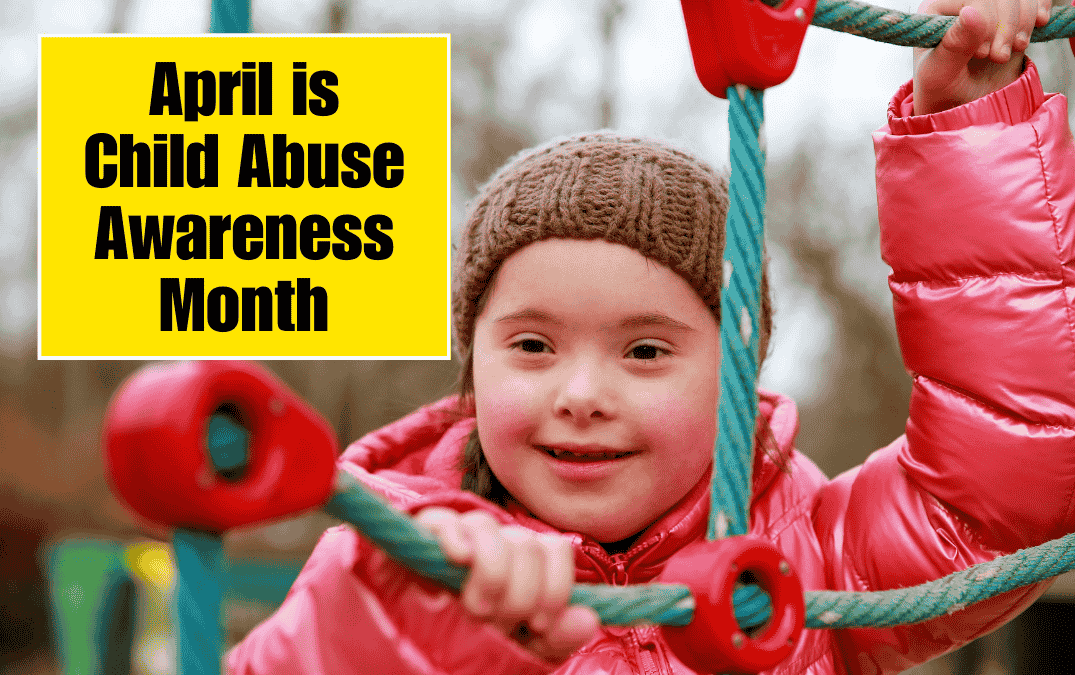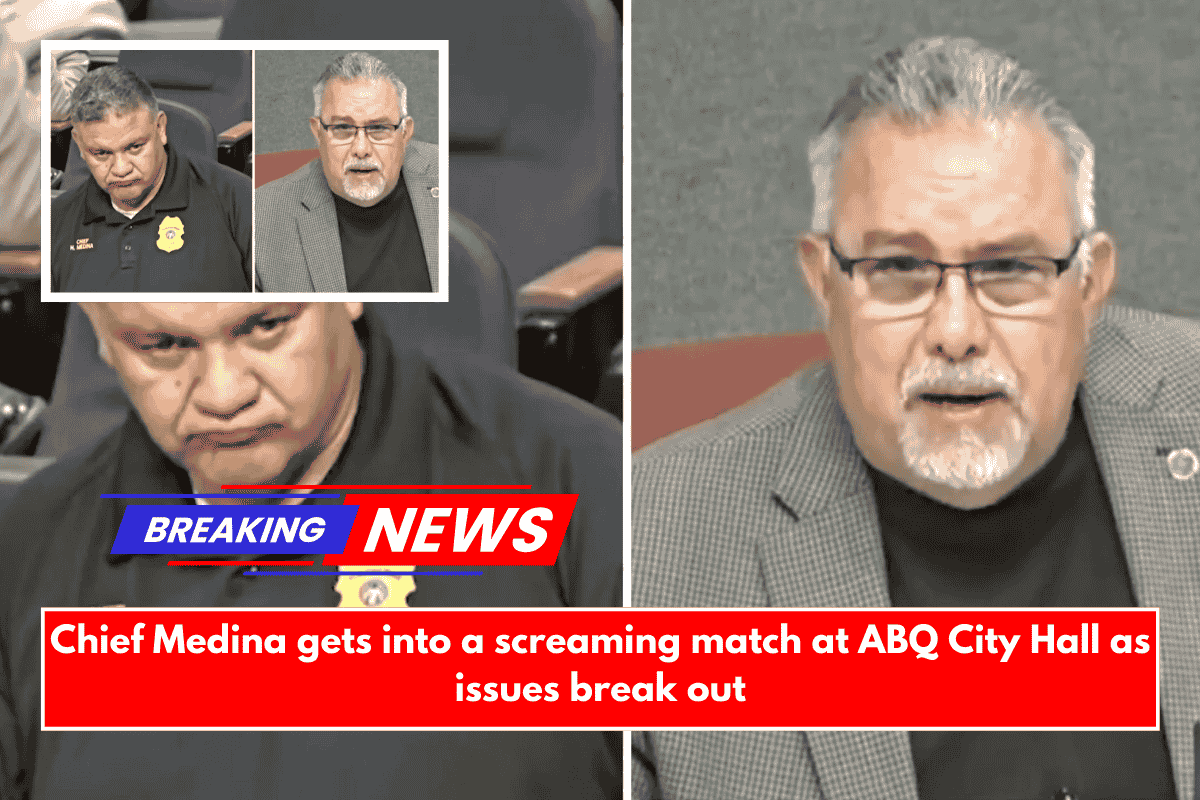The attorney for a 13-year-old New Mexico boy involved in the tragic death of 63-year-old cyclist Scott Habermehl says he hopes the teen will be rehabilitated during his time in juvenile detention, though he acknowledged that rehabilitation isn’t guaranteed. The case has sparked debate over the fairness of juvenile justice sentencing and the effectiveness of rehabilitation programs for young offenders.
The Tragic Incident
In May 2024, the 12-year-old boy, along with two friends, joyrode in a stolen vehicle. Authorities say the group decided to ram a cyclist, Scott Habermehl, who was killed in the incident. The event was initially unknown to police until a video of the deadly prank surfaced on social media, leading to the eventual identification and arrest of the three juveniles involved.
The boy, now 13, pleaded guilty to second-degree murder in the case. Despite the gravity of the crime, a judge sentenced him to remain in juvenile detention until he turns 21. Prosecutors noted that state juvenile justice laws limited their ability to impose a harsher penalty, as these laws have not been updated to reflect the complexities of modern cases involving juveniles.
The Attorney’s Perspective
Michael Rosenfield, the attorney representing the 13-year-old boy, appeared on Banfield on Friday to provide a different perspective. While acknowledging the severity of the crime, Rosenfield emphasized the boy’s age at the time of the incident, saying that, as a preteen, the juvenile was not fully capable of understanding the consequences of his actions.
“Hopefully, he will get the counseling that he so sorely needs, he’ll get the education that he doesn’t have,” Rosenfield explained, praising the juvenile detention facility where the teen will be housed. “He’ll return to society, hopefully better able to cope with some of the issues that he had before he committed this crime.”
However, when asked whether rehabilitation could be guaranteed, Rosenfield was candid, responding, “We can’t be sure. We can only do the best we can.”
Juvenile Justice and Family Background
Rosenfield also touched on broader issues within the juvenile justice system, particularly regarding the backgrounds of many of his young clients. “Almost every one of them comes from a dysfunctional family. A lot of them have no moral compass because they don’t get one at home,” he stated. “These are not middle-class children.”
The attorney’s comments shed light on the challenges faced by juveniles involved in serious crimes. Many, according to Rosenfield, come from difficult family situations that contribute to their lack of guidance and poor decision-making. This aspect of his defense paints a picture of the struggles that led to the tragic event and underscores the complexities of addressing juvenile crime within the justice system.
Other Juveniles Involved
While the 13-year-old driver has been sentenced, cases are still pending against the other two juveniles involved in the incident. An 11-year-old passenger, who was in the front seat during the crash, will be charged with murder when he turns 12, according to Bernalillo County District Attorney Sam Bregman. However, this juvenile will go through the juvenile justice system rather than face adult charges, due to his age.
A third juvenile, 16 years old, was sitting in the back seat of the stolen vehicle during the incident. He is currently jailed and awaiting trial. Prosecutors have indicated that they will charge him as an adult, reflecting the seriousness of his involvement in the crime and his age at the time of the trial.
Questions of Justice and Rehabilitation
The case has sparked broader discussions about the effectiveness of the juvenile justice system, particularly when it comes to serious crimes committed by young offenders. While some argue that children should be given a chance at rehabilitation and a second chance in life, others contend that the severity of the crime and the loss of life should warrant more significant consequences.
The death of Scott Habermehl has deeply impacted the community, leaving many to question whether the juvenile justice system can adequately address crimes like this one and ensure that young offenders can be rehabilitated. The tension between punishment and rehabilitation remains a central issue in the ongoing debate about how to handle juvenile crime.
The Road Ahead for Juvenile Justice
As the cases against the other juveniles unfold, questions about the future of the juvenile justice system in New Mexico will continue to evolve. Advocates for reform argue that the system needs to be more flexible and responsive to the needs of young offenders, while also ensuring public safety and accountability for serious crimes.
For the 13-year-old boy involved in the death of Scott Habermehl, the hope is that he will use his time in juvenile detention to rehabilitate and learn from his mistakes. However, as his attorney admitted, there are no guarantees, and the road to rehabilitation is never easy or certain. The case will likely serve as an ongoing example of the challenges faced by the juvenile justice system and the difficult balance between second chances and accountability.
